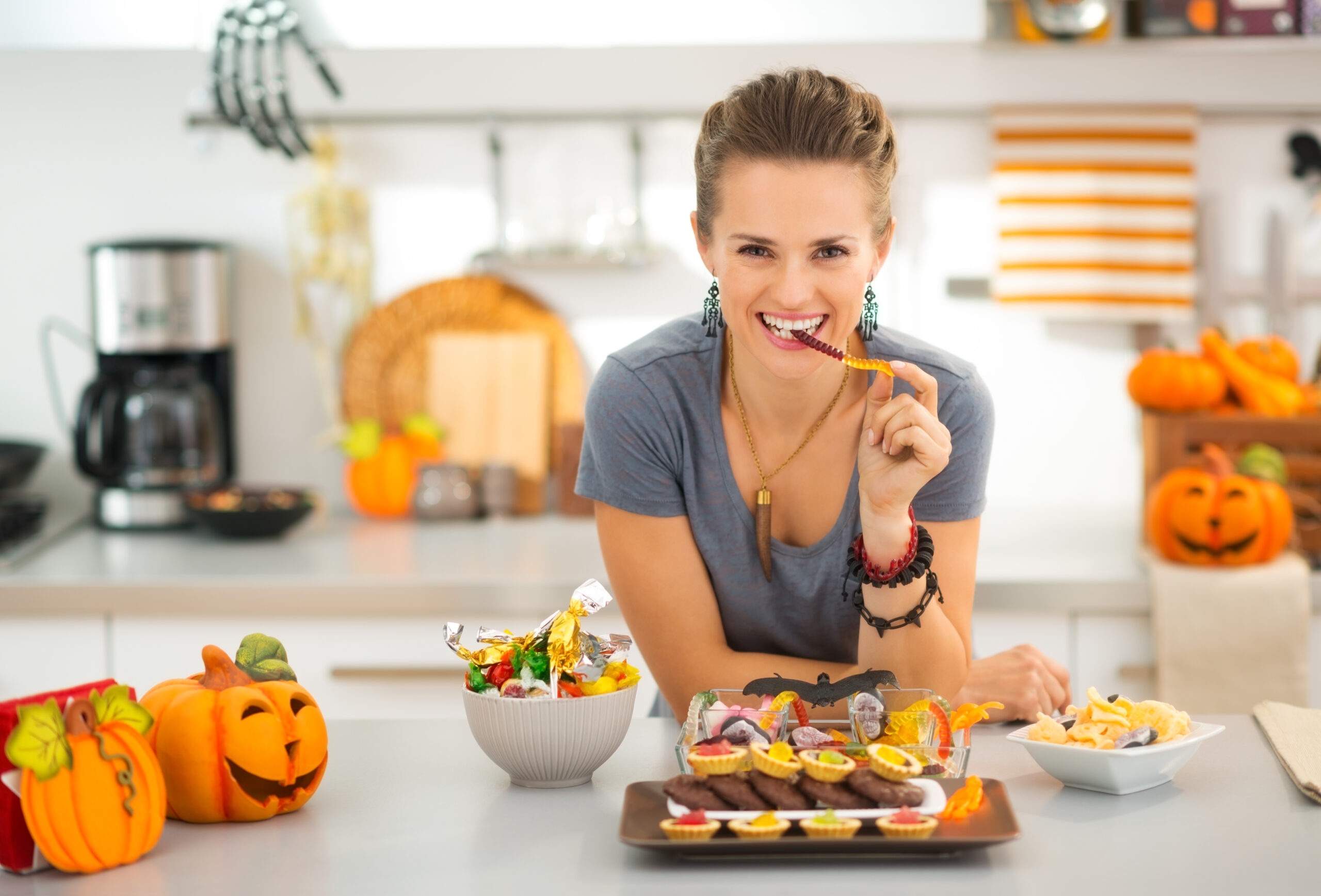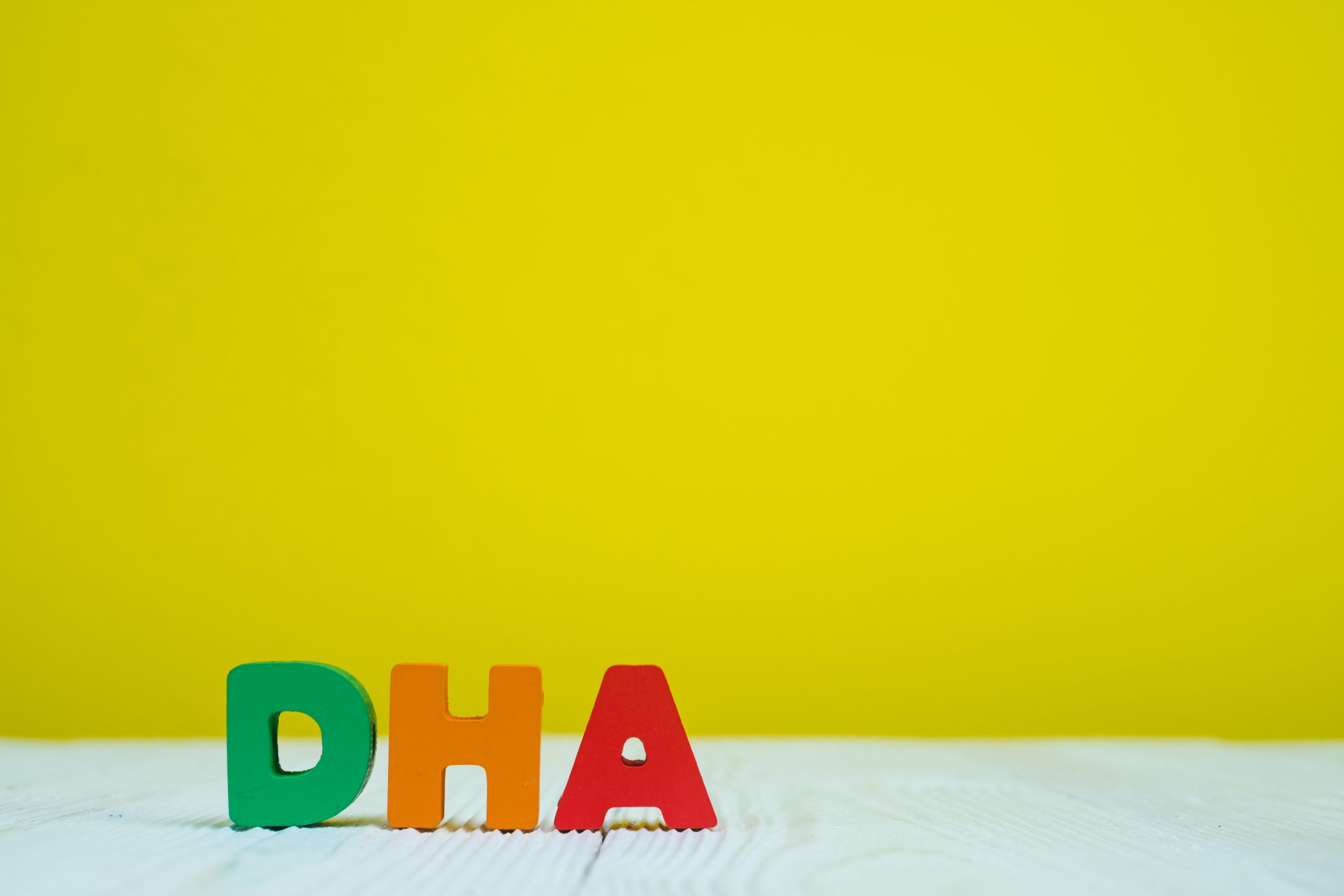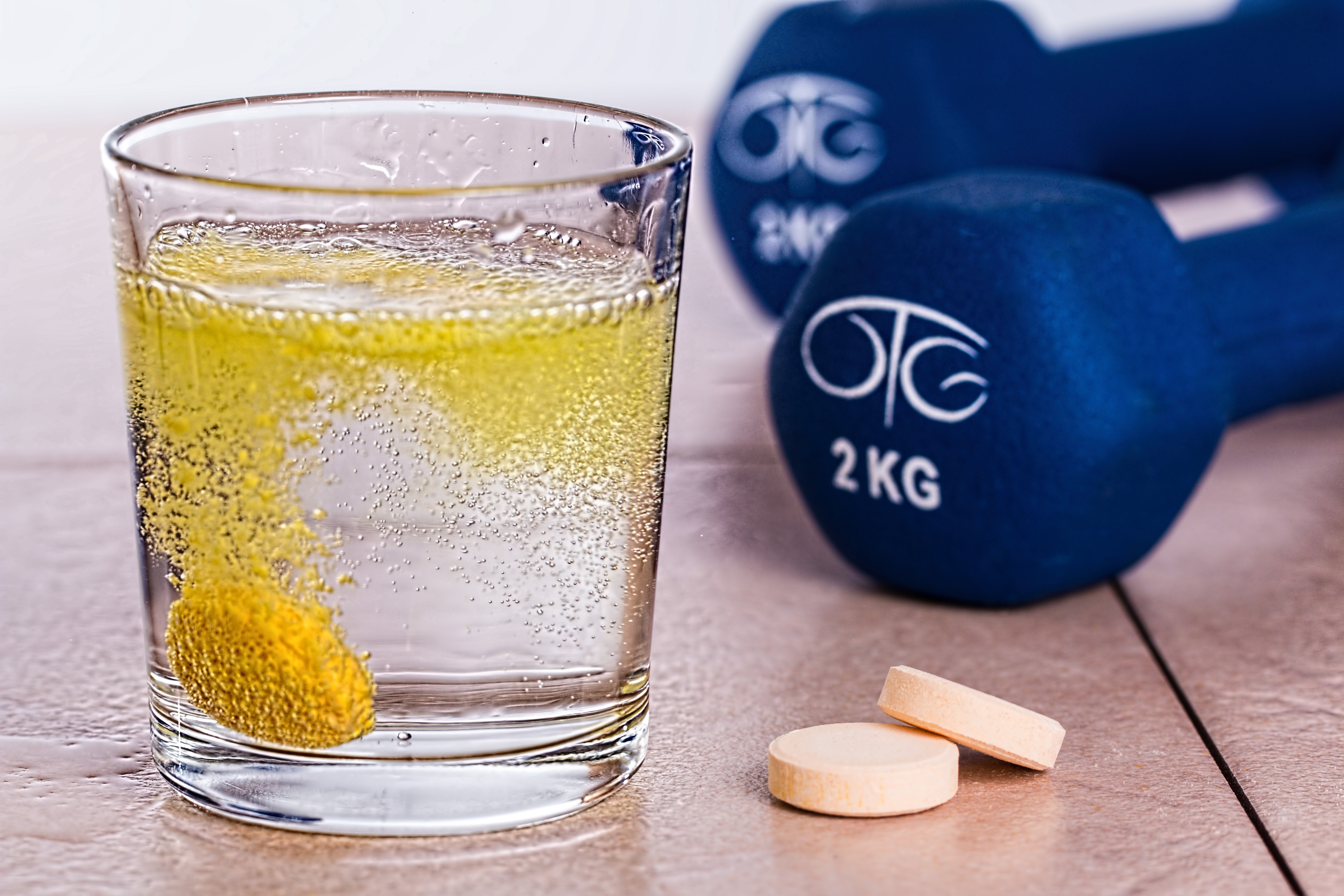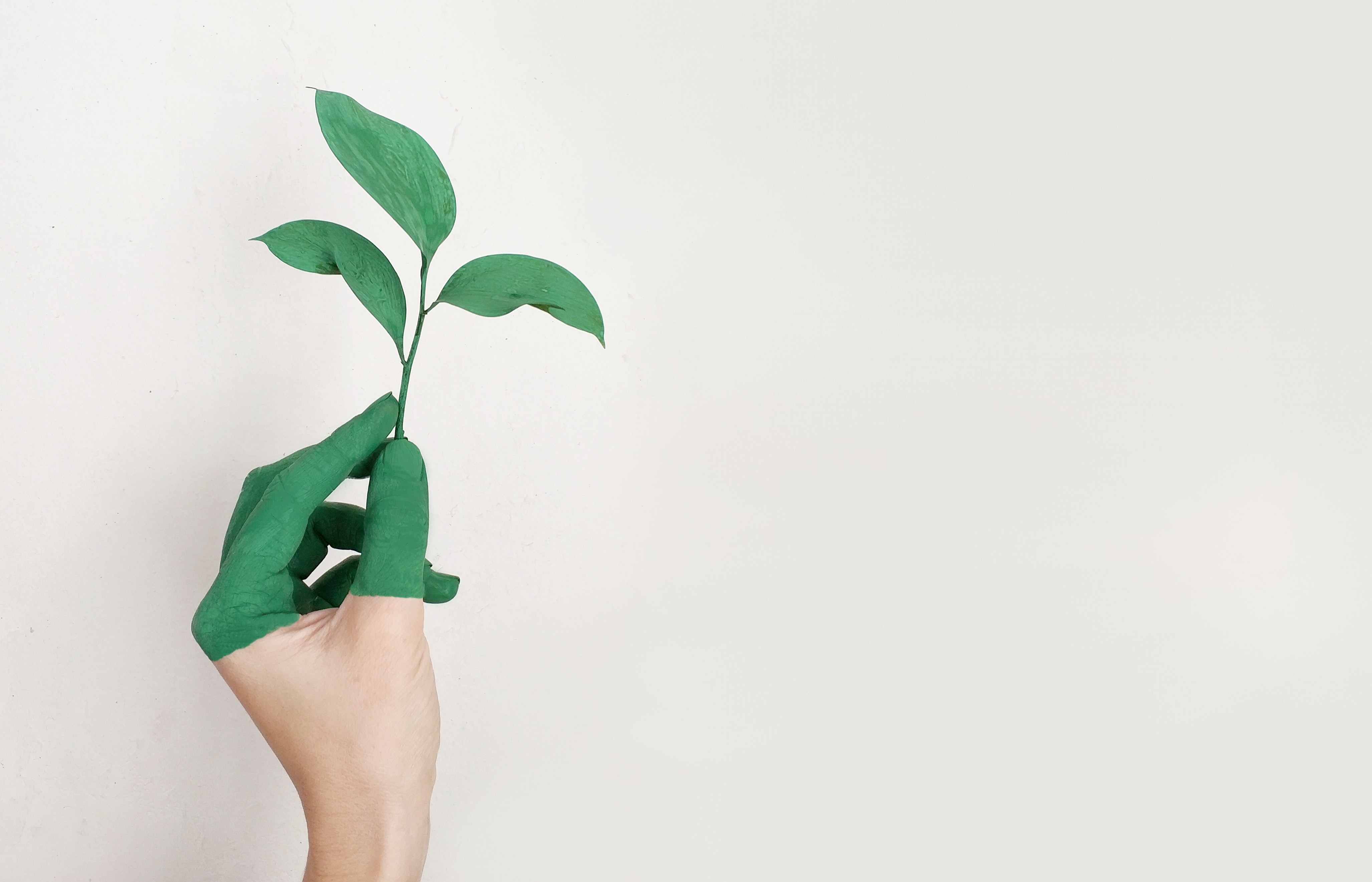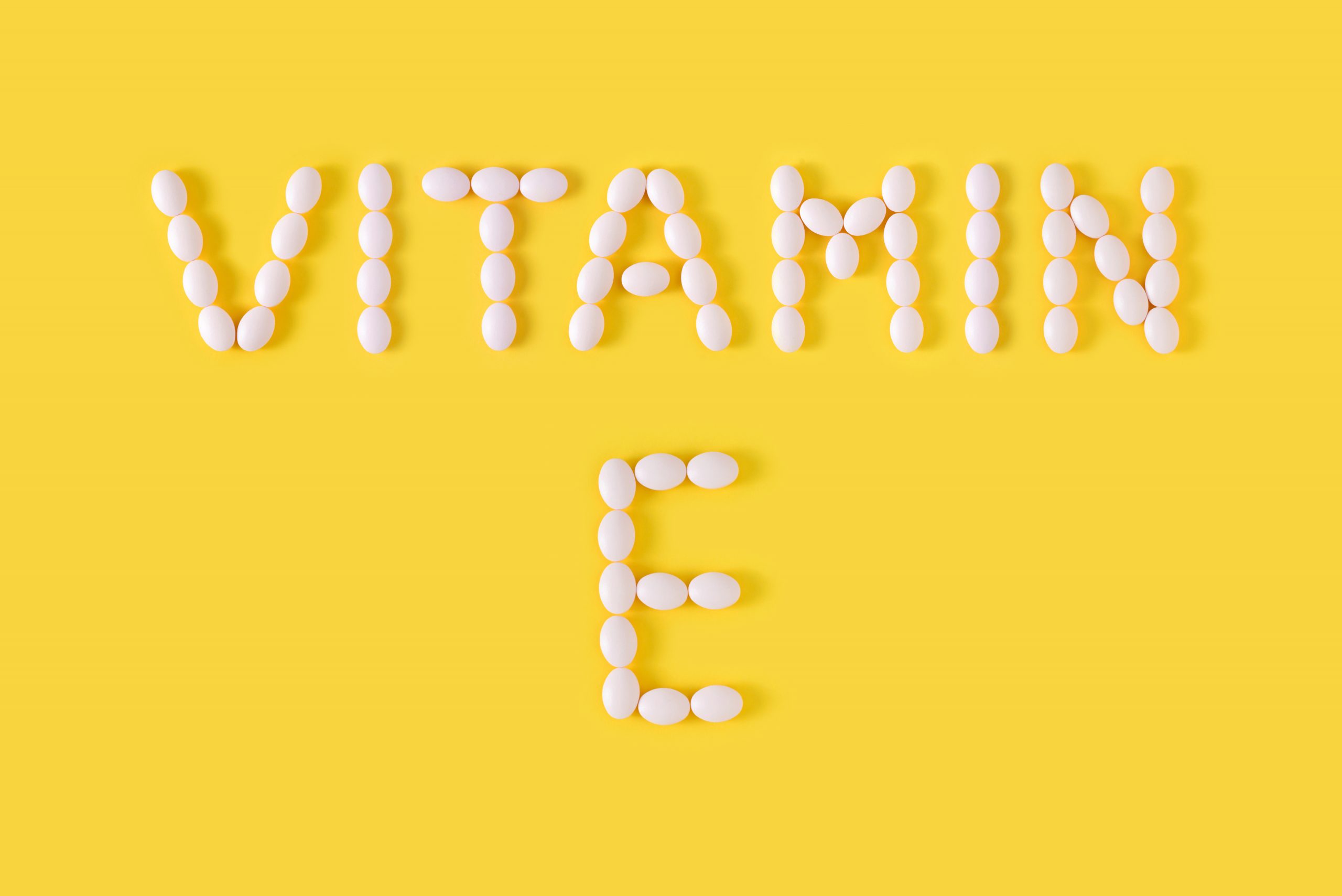It’s the time of year when colors are in full force. And no, we’re not talking about fall foliage — we’re referring to the caramels, the rainbows, and the dark chocolates of Halloween. We’re with you in the stance that adults deserve to get in on the fun along with the kids, and that includes the candy.
But of course, we as adults are much more prone to questioning our decision to indulge than the youngsters. For those of us with arthritis or other issues related to joint pain and inflammation, this worry is amplified. Unhealthy dietary choices tend to lead to added inflammation, but is this true with Halloween candy?
Let’s take a look.
First things first: Does candy cause inflammation?
The short and sweet answer (we couldn’t help ourselves) is yes. The artificial and processed sugars and carbohydrates in many candies have been shown to trigger inflammation, according to a report from Healthline.
That’s not to say you can’t enjoy a piece of candy now and then. Like many things in life, it’s all about moderation. If you suffer from arthritis but want to indulge in Halloween, here are two options for regulation.
The first is for those with kids in the house who will be consuming Halloween candy. As the kids should be on a regulated schedule, hold yourself accountable in the same way. You may find it best to only treat yourself when they are allowed to do the same, and/or to only have a bite or so at a time when the kids do the same.
If youngsters aren’t in the picture, it’s on you to regiment yourself. Self-discipline is part of the HakaLife Warrior way, and we recommend this piece on building habits.
Tips to control sugar cravings
Medical experts have compiled a number of dietary and lifestyle tips to help you curb your sugar cravings. Because sweets can act as calming agents and are something many of us enjoy from a very young age, it can take some serious effort to curb those cravings. This is especially true if you are experiencing high levels of stress.
But it is possible. On the dietary front, try keeping healthy snacks or fruit bars around the house. You may also find that snacks like a trail mix or anything heavy in chia seeds can help curb those cravings as well.
Another thing you can try is adding small amounts of sweets to otherwise healthy meals. Dipping a strawberry in a sweet yogurt or chocolate sauce can do the trick.
Fresh fruit is a big help because it’s natural (saving you the heavily processed carbs and sweets of candy) but also has a sweet bite to it. And if all prove tough, opt for healthier sweet options such as dark chocolate bars.
On the lifestyle front, do your best to keep active. This can clear the mind and help you to move past that sugar craving, or at least forget about it for a while. The GLX3 library has many articles on how to best add a bit of exercise to your lifestyle even when living with joint pain and inflammation. We suggest starting with these:
At the very least, taking a walk around the block or through a local park can offer a similar way to forget about your craving and satisfy the mind with something more productive.
Let’s hypothetically say I binge and eat too much candy. What then?
No judgment. We’ve all been there, and hey — everyone deserves a splurge day, right?
Let’s lay out two possible scenarios. The first is that this hypothetical binging takes place on actual Halloween day, and nothing more. Both leading up to the holiday and post-revelry you manage to keep your hands out of the candy bowl.
In this case, any inflammation that occurs is likely to flare. While you can’t go back and erase the past, you can be proactive about the first few days of November. Eat a detox diet consisting of many multi-colored raw vegetables and fresh fruits and with beans and nuts as a key source of protein due to their anti-inflammatory properties.
Get some exercise and enough sleep, and stick with a recommended omega-3 supplement such as GLX3.
Scenario two involves a multi-day indulgence. Perhaps that candy jar at work keeps being refilled or you find yourself routinely dipping into the kids’ candy buckets post-holiday. At this point, your best practice is to double down on the detox diet. Eat clean, don’t over-eat, and be as active as you’re physically able.
The key is to keep your system clean (avoid consuming more highly processed carbohydrates and sugars) and do everything in your power to combat the inflammation with omega-3s.



